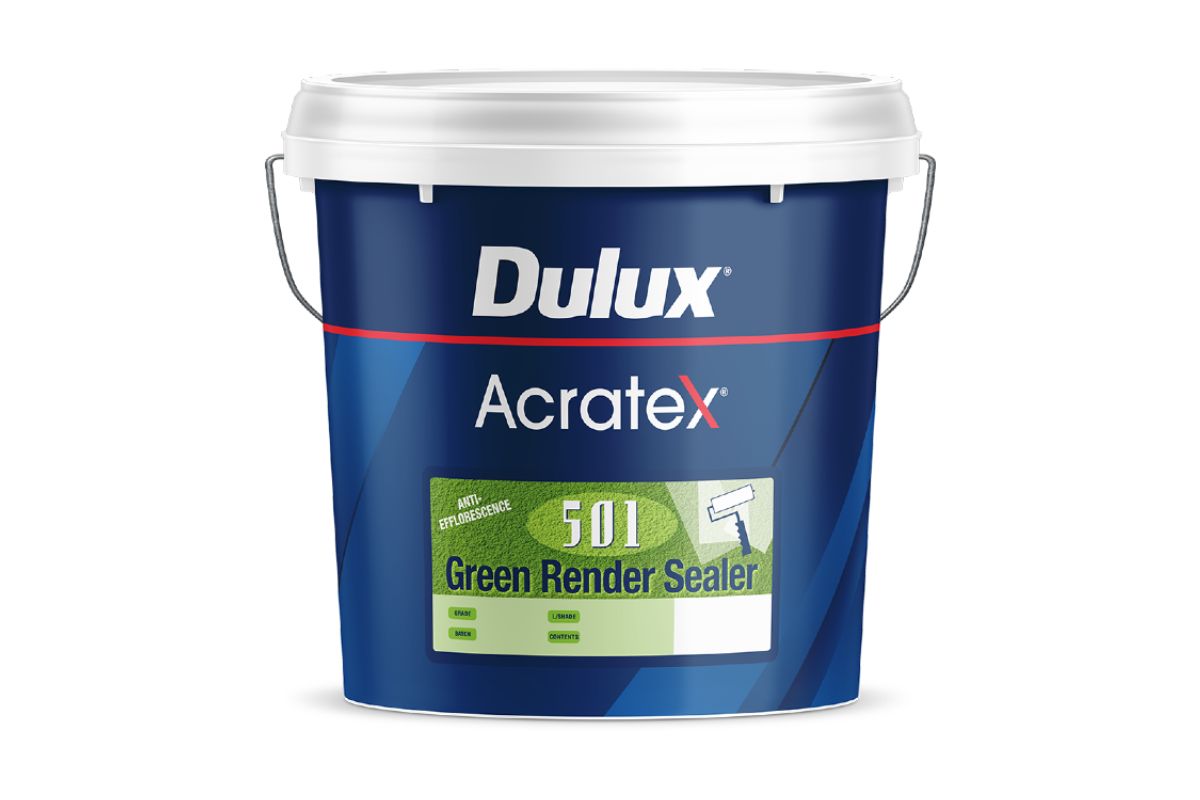The Process of Applying Sealant to Walls Prior to Rendering
When it comes to rendering walls, applying a sealant is an essential part of the process. Without applying the sealant, rendering will not provide a long-lasting and effective finish to your walls. If you are planning on making improvements to your home or business premises by rendering, here is a guide to the process of applying sealant prior to rendering.

The Benefits of Applying Sealants Prior To Rendering
There are several benefits associated with applying sealants prior to rendering. Firstly, they help protect the wall substrate from moisture damage and water penetration. This can help extend the life of renderings significantly. Furthermore, it reduces efflorescence (the state where salt deposits develop on wall surfaces) as well as limiting the growth of mould and mildew, which can cause a host of health issues if not kept in check.
Finally, sealants create a smoother surface for the render to adhere to. This helps improve the look and finish of rendered walls while also preventing any cracking or flaking that may occur over time due to temperature fluctuations or other environmental factors. With this in mind, it is essential that you apply a sealant prior to rendering your walls.
Preparing Your Walls for Sealing
Before applying any kind of coating or sealant, you should always prepare your wall surface first by cleaning it properly. This helps ensure that any dust, dirt or debris will not get trapped beneath the coating and cause damage to the substrate below.
To do this, it is best to use a pressure washer to remove any loose dust or dirt particles and then follow up with an appropriate cleaning solution. Once your wall has been cleaned, you should allow it to dry thoroughly before moving on to the next steps of applying sealant prior to rendering.
Choosing the Right Sealant
When selecting a sealant for application prior to rendering, there are several factors that must be taken into account such as type of substrate, environment and expected weather conditions over time. Generally speaking however, acrylic-based products work well for most applications. These kinds of sealants provide excellent water resistance and flexibility which helps them stand up better to temperature fluctuations or other changes in their environment.
Acrylic sealants also adhere well to most surfaces and can be used both indoors and outdoors. For more demanding applications, you may need to consider using a specialized product such as an elastomeric coating which is designed for extreme environments.
Applying the Sealant
Once you have determined the right kind of sealant for your needs, it’s time to start applying it. This should always be done with a brush or roller rather than any type of air-operated sprayer as this will help ensure even coverage over the entire surface. Furthermore, care should be taken to avoid overlapping strokes when applying the sealant in order to ensure that no gaps are left which could cause water or moisture to penetrate the substrate below.
Once applied, you should allow the sealant to dry for at least 24 hours before moving on to the next step of rendering your walls. This is important as any trapped moisture beneath the sealant can lead to blistering and other forms of damage that may be difficult and expensive to fix later on.
Conclusion
Applying a sealant prior to rendering is an essential part of ensuring a long-lasting and effective finish for your walls. By taking the time to prepare your wall surfaces properly, selecting the right kind of sealant and applying it with care you will be able to achieve excellent results that will last for many years. With this in mind, it is definitely worth investing the time and effort into ensuring that you do a good job of this important step along the way.
The process of applying sealant prior to rendering walls may seem like an extra step but it is well worth it in the long run if done properly. Not only will your renderings last longer and look better, but you also help protect your walls from potential damage due to water or moisture penetration over time. In other words, taking the time to apply sealant before rendering can save you both money and headaches down the line!
By following these steps carefully, you should be able to get the best out of your rendered walls for years to come.
